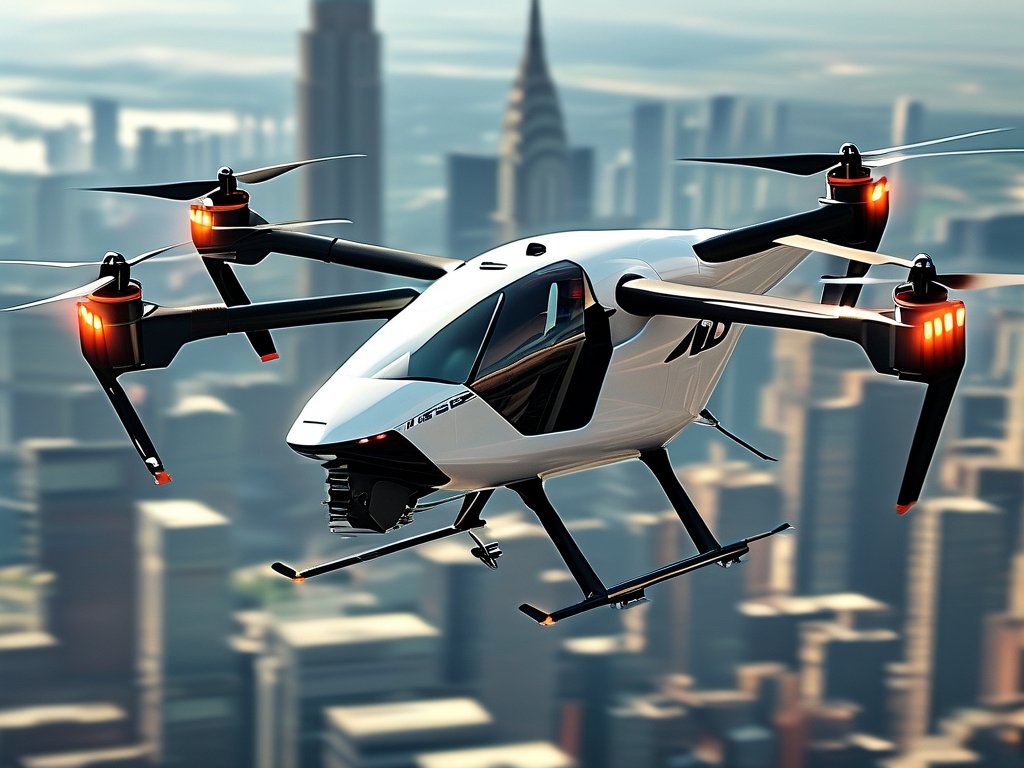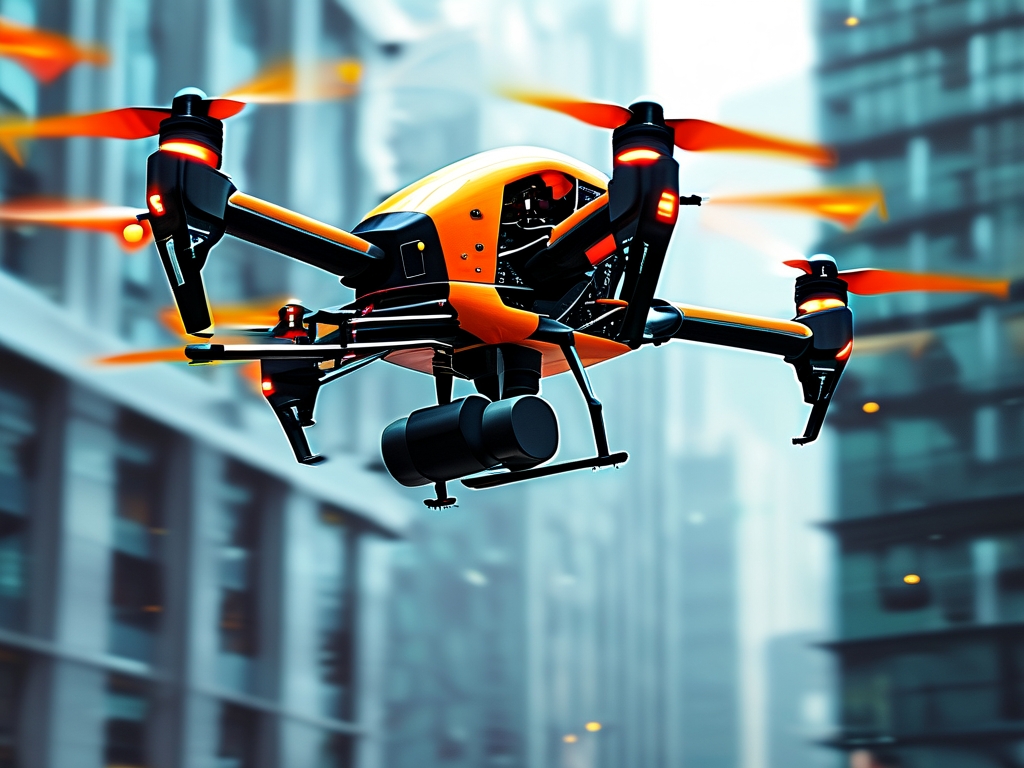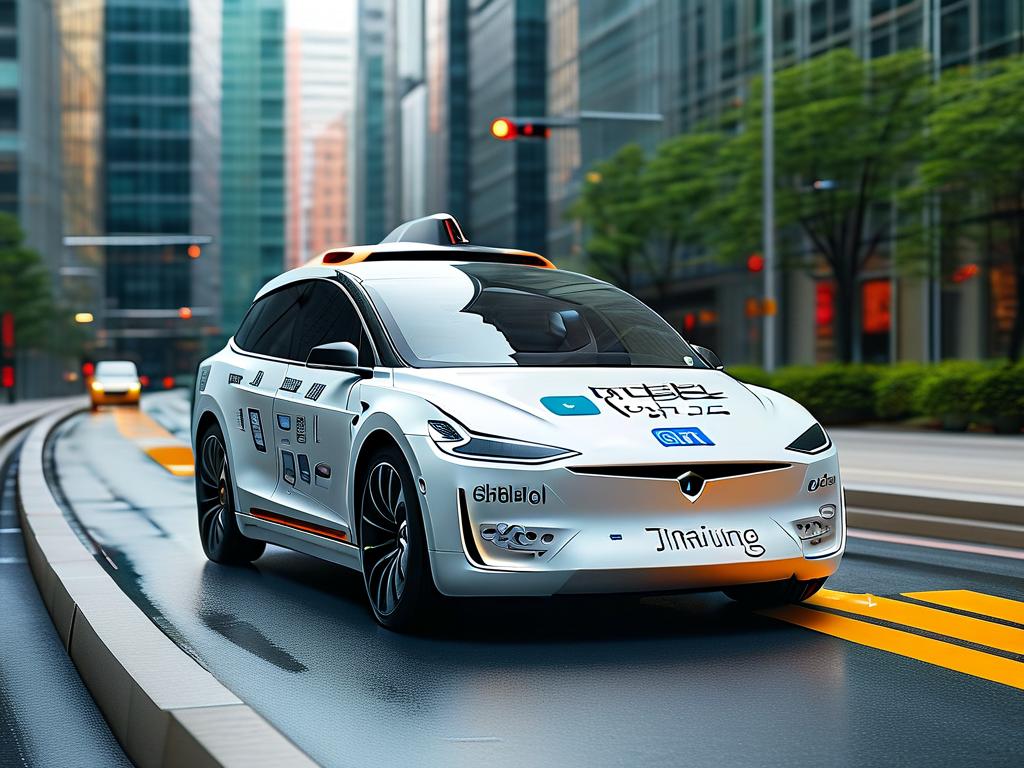Flight control systems (FCS) serve as the backbone of modern aerospace vehicles, ensuring stability, maneuverability, and safety. These systems rely on a suite of sophisticated algorithms to process sensor data, execute real-time adjustments, and maintain optimal performance. This article delves into the core algorithms powering flight controllers, highlighting their roles and practical implementations.

1. Proportional-Integral-Derivative (PID) Control
PID controllers are foundational in flight control due to their simplicity and effectiveness. By calculating the difference (error) between a desired setpoint and a measured process variable, PID algorithms adjust outputs using three components: proportional (instantaneous error), integral (cumulative error), and derivative (error rate of change). For instance, in quadcopter altitude control, PID adjusts motor speeds to stabilize height despite wind disturbances. A simplified code snippet for a PID update might look like:

error = setpoint - current_value integral += error * dt derivative = (error - prev_error) / dt output = Kp*error + Ki*integral + Kd*derivative prev_error = error
While PID is robust, its parameters (Kp, Ki, Kd) require careful tuning. Poorly calibrated gains can lead to oscillations or sluggish responses, especially in nonlinear systems.
2. Kalman Filtering
Sensor noise is inevitable in aerospace environments. Kalman filters address this by combining noisy measurements with predictive models to estimate system states (e.g., position, velocity). This algorithm operates recursively, using two phases: prediction (updating state estimates based on system dynamics) and correction (adjusting estimates using sensor data). For example, inertial measurement units (IMUs) in drones often fuse accelerometer and gyroscope data via Kalman filters to deliver accurate orientation estimates. Extended Kalman Filters (EKF) adapt this approach for nonlinear systems by linearizing models at each step.
3. Model Predictive Control (MPC)
MPC optimizes control actions by solving a constrained optimization problem over a finite time horizon. Unlike PID, which reacts to current errors, MPC anticipates future states and adjusts inputs proactively. This is particularly useful for aircraft navigating dynamic environments, such as avoiding obstacles or adjusting to sudden turbulence. However, MPC’s computational complexity demands powerful processors, making it more common in advanced UAVs than consumer-grade drones.
4. Adaptive and Robust Control
Aircraft operate under varying conditions—payload changes, aerodynamic shifts, or component failures. Adaptive control algorithms modify their parameters in real time to maintain performance. For instance, a sliding mode controller (SMC) forces the system to “slide” along a predefined surface, ensuring stability even with model uncertainties. Robust control, meanwhile, designs controllers that tolerate bounded uncertainties without adaptation. These methods are critical for military aircraft and space vehicles facing unpredictable scenarios.
5. State Machines and Fault Management
Flight controllers often integrate finite state machines (FSMs) to manage operational modes (e.g., takeoff, cruise, landing). FSMs transition between states based on triggers like sensor readings or user commands. Additionally, fault detection and isolation (FDI) algorithms monitor system health. For example, if a motor fails in a multirotor, FDI identifies the issue, and control allocation algorithms redistribute thrust among remaining motors to prevent crashes.
6. Machine Learning Integration
Recent advancements incorporate machine learning (ML) into flight control. Reinforcement learning (RL) trains controllers through simulated environments, enabling autonomous systems to learn complex maneuvers. Neural networks can also approximate nonlinear dynamics, enhancing traditional algorithms. While still emerging, ML-driven approaches show promise in handling edge cases beyond classical methods.
Challenges and Future Directions
Despite their capabilities, flight control algorithms face challenges. Real-time processing constraints limit the adoption of computationally heavy methods like MPC in low-cost systems. Safety certification remains another hurdle, especially for ML-based solutions lacking interpretability. Future research may focus on hybrid models combining classical and AI-driven techniques, as well as edge computing to enable smarter, lighter controllers.
In summary, flight control systems blend time-tested algorithms like PID and Kalman filters with cutting-edge approaches such as adaptive control and machine learning. Understanding these tools not only illuminates how aircraft achieve precision and reliability but also guides the development of next-generation autonomous systems.









